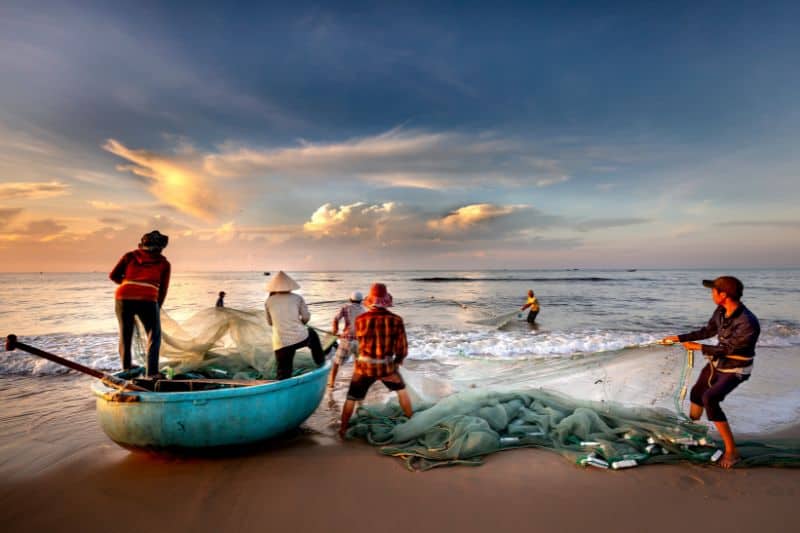Illegal fishing refers to unauthorized fishing carried out by overseas vessels in waters under the control of another state or which breaches its fisheries rules and regulations in some other way.
In other words, it’s the kind of fishing activity that contravenes the fisheries regulations and laws, like refusing to follow the set fishing times or policies governing fish harvesting in marine or water-protected areas.
Most of the illegally harvested fish are sold in black markets and were reported to be in the ranges of 14 to 33 percent of the globe’s legal catch. Let’s look at various causes that influence illegal fishing and are done in different ways.
Various Methods of Illegal Fishing
When doing illegal fishing, several fishing methods are used by those performing it. Some of the common ones include:
1. Bottom Trawling
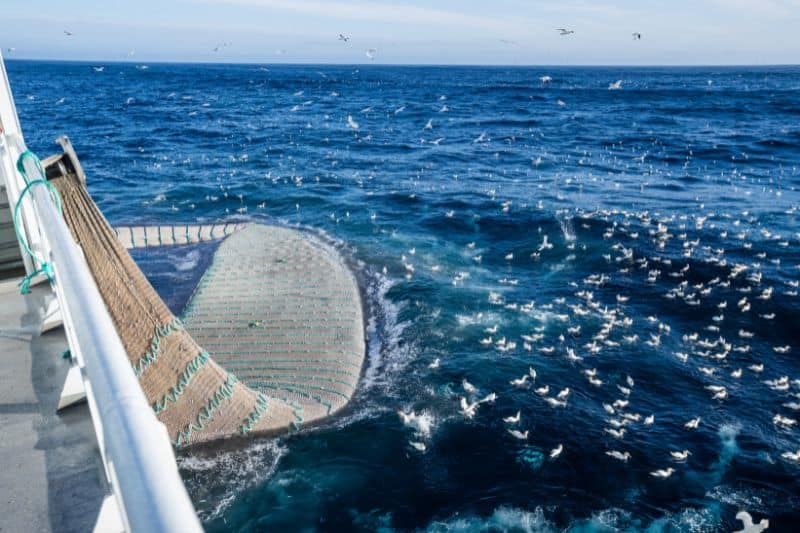
Bottom Trawling is one of the most damaging methods of fishing. It is an industrial technique that uses huge nets weighed down with weighty ballast that gets dragged down the sea bed, collecting and squashing everything on the way, from fish to aquatic plants.
Many species, including those at the risk of extinction, get caught accidentally, and when returned to the sea, they are normally dead. Such collateral damage, sometimes called discards, can go up to 80% or 90%.
When using this method, big parts of the seafloor, the territories where fish live and look for food, get compressed during the process. That’s because the large nets used in bottom trawling have a big mouth, leaving scars on the seafloor that sometimes can extend up to 4 kilometers in length or even beyond. In fact, the harm to the ecosystem due to this method may be permanent in some cases.
Still on the downside, bottom trawling also stirs up sediment that may be poisonous, at times creating muddy water that gives aquatic species a difficult time surviving.
Of course, that’s without ignoring the fact that this method of fishing destroys the natural features of the environment where plants and fish would typically live, relax, and even hide. The floor of water bodies consists of extraordinary biodiversity, which is what bottom trawling interferes with.
In the past two decades, for example, researchers have discovered a lot of marine areas that are deeper than 400 meters to 2000 meters, with hundreds to thousands of creatures.
The technique is mostly used by industrial boats in the high seas, at times regulated in protected waters. Bottom trawling has been blamed for contributing largely to overfishing and is often used for fishing in prohibited marine areas.
2. Bycatch
Bycatch means accidentally catching numerous types of aquatic life while catching other fish.
It can include catching the wrong size of the intended fish, other creatures that do not get eaten or the ones which are not in demand, or the endangered species, including particular birds, aquatic mammals, and turtles.
On other occasions, some fish get thrown back because the fishing boat has not been licensed or lacks enough space, and sometimes the captain could change his or her mind on catching some particular fish.
The large quantity of bycatch amounting to millions of tons annually gets thrown back into the water bodies, injured or dead.
An up-to-date WWF report approximates that 40% of the worldwide marine catches are bycatch and that, in many cases, the fish disposed of are immature.
Evidently, the consequences are bad since the capability of the marine creatures to reproduce becomes a lot harder. Apart from the pressure placed on aquatic creatures, bycatch represents a grotesque waste of food for both predators and humans alike.
3. Using Explosives or Blast Fishing
Using explosives for blasting fish is a method that has been used for years. Explosions can create very big craters ranging from 10 to 20 square meters of the sea bed.
One downside of this method is that apart from killing the intended fish, it also kills the neighboring species and sometimes the coral reefs, whose restructuring may take years.
Explosives are commonly used because they can be easily and cheaply accessed, such as dynamite or homemade bombs made from locally available materials.
Also, their regulation comes from construction and mining companies. Other explosives can be retrieved from old munitions and past and present wars. In other places, fishermen get access to the explosives through illegal trading.
4. Ghost Fishing
Ghost fishing refers to the deliberate or unintentional leaving of fishing objects in a water body. The fishing nets still continue to catch fish and other creatures big and small, and the fish eventually die from overtiredness or suffocation after a long struggle to get to the top to breathe.
The act of abandoning or losing fishing nets at sea has been intensified by rising fishing goings-on and the introduction of synthetic fishing nets that are very durable.
5. Cyanide Fishing
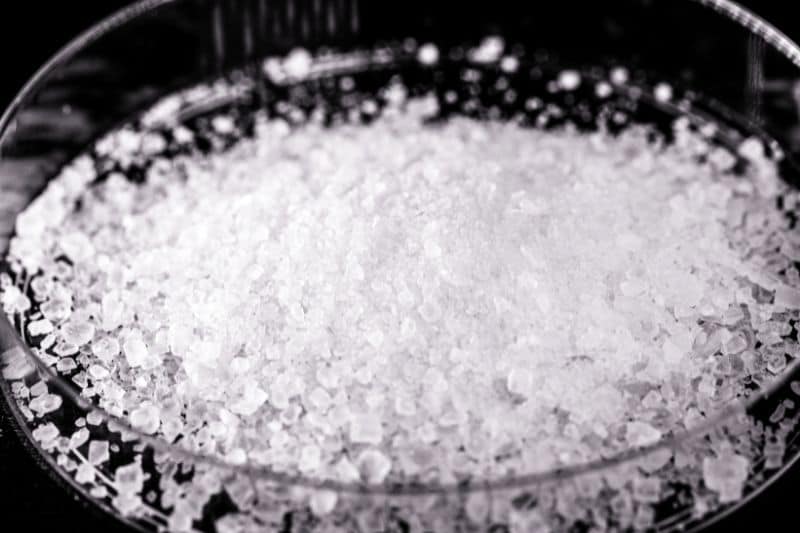
Cyanide fishing involves divers crushing cyanide tablets into plastic squirt bottles of water and puffing the concoction to confound, and confine live fish in the coral reefs. The method is mostly practiced all over Southeast Asia regardless of being illegal in many nations in the area.
The method was initially used in the 1960s in the Philippines so as to obtain live fish for sale to aquarium owners in other countries, a market that has tremendously grown. Currently, the method is used in supplying fish for Hong Kong and Singapore restaurants.
The cyanide method is very harmful to the creatures that gulp it down. In fact, research shows that aquarium fish that have ingested cyanide grow cancer within a year of being bought. It is also said that one square meter of the coral reef is destroyed for every fish caught with the cyanide technique.
6. Muro-ami
This illegal fishing method is mostly used in Southeast Asia. It involves using a huge encircling net with a number of pounding tools, normally weighty stones or cement blocks attached to the surface, to pound fish out of coral reefs. Fishermen pound the coral reefs with the cement blocks, scaring the fish out.
Normally, the fish do not get scared, but the stones and blocks crash the coral reefs leaving the fish with no place to hide and getting caught. The continuous crashing of the coral reefs destroys the bottom sea aquatic ecosystem, which takes years to restore.
The worst-case scenario is that they never grow back. Nonstop use of the Muro-ami technique could lead to the total eradication of coral reef ecosystems in Southeast Asia in the next decade, as it is reported that reefs affected by Muro-ami fishing take hundreds of years to recover.
7. Kayakas
Kayakas is also known as bahan, bahiglukay, lukayan, gill net, ring net, or bahan. This method is the local smaller version of the “Muro-ami” with bamboo or tree trunks, coconut leaves, or other materials as scarelines to drive the fish out of the coral reefs.
8. Overfishing
When more fish are caught than can be naturally reproduced by the remaining population, it is called overfishing. There are recreational and commercial “bag limits” to ensure proper management of various fish species.
Recreational anglers contribute to overfishing by keeping more fish than state or federal laws legally allow. Overfishing has a negative impact on aquatic biodiversity because every living organism plays a special role in keeping the balance of an ecosystem.
9. Electro-fishing
Using electricity generated by dry-cell batteries, electric generators, or other sources to aid in catching fish. This illegal method kills, stupefies, disables, or renders unconscious fish and other aquatic animals. Possessing any of the above shall constitute a presumption that the same was used for fishing.
10. Obnoxious or Poisonous Substances
Plant extracts, chemicals (such as cyanide), and other substances, raw or processed, are used in this method to kill, stupefy, disable, or render unconscious fish and other aquatic animals.
Using plant extracts to eradicate predators in fishponds must be within acceptable limits, and that must not cause poisoning in neighboring waters. Synthetic pesticides (Brestan, Aquatin) are also not allowed in fishponds.
11. Keeping Undersized or Oversized Fish
Length limits ensure that a smaller population of fish is eligible for harvest. This reduces pressure on juveniles and larger spawning-size fish needed to repopulate.
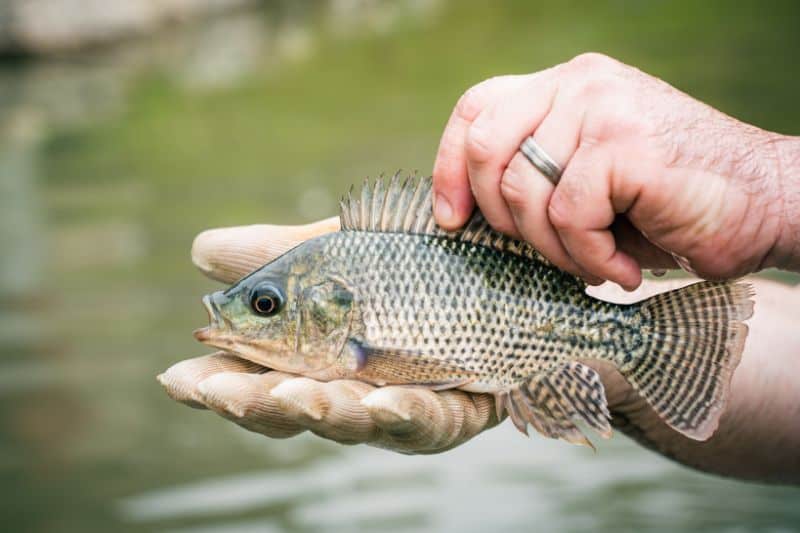
Causes of Illegal Fishing That Affect Our Marine Life
Illegal fishing is highly propelled by the lack of proper fishing zone management as well as the lax fishing policies. Below are some of the reasons for illegal fishing:
1. Lax Regulatory Systems in The Issuance of Fishing Permits
When there are no serious penalties, the idea of (illegal, unreported, and unregulated fishing) IUU fishing is very profitable. It is argued that not so many nations have implemented levels of regulations that are effective in deterring illegal fishing.
Implementing rules such as forfeiting catches and fishing boats will effectively reduce such cases.
Moreover, there are a lot of fishermen using counterfeit operating companies, and their names keep on changing so as to avoid penalties when they get in trouble.
2. Lack of Enough Funds or Resources for Surveillance and Tracking
Financially weak states set other priorities other than marine fishing surveillance. Those with illegal fishing policies tend to pay their staff very low wages, encouraging vessel owners to take advantage.
Financially weak states also have poorly maintained marine patrol boats and aircraft, leaving room for illegal fishers to do as they please.
3. Economic and Social Circumstances
Research shows that many fishermen involved in illegal fishing are mostly from developing nations with a slow-growing economy and poor living conditions.
The same scenario is also registered in developed nations. What is more, individuals from poor financial and social circumstances get provided with work where illegal fishing takes place; they are misused and do not even have social protection.
This cycle of unending poverty and the need to have a source of livelihood encourages illegal fishing in continents such as Asia, Latin America, and Africa.
4. Lack of Proper Supervising, Control and Surveillance Activities
As you would have thought, the amount of supervising, control, and surveillance initiatives have the ability to have considerable control of illegal fishing. It gives helpful indicators to lawful fishing operators and dispiriting probable rebelliousness.
Some of the notable aspects under this category include:
- Lack of knowledge regarding fish populations and quotas in a universal standard.
- There are little to no rules regarding fishing practices, which encourages fishing fleets to bypass areas that do have regulations. This is the case in most international waters.
- Problems with customs and importation clearance bodies where the provenance of fish is not questioned
5. High Demand for IUU Fish
When fish prices rise, so do the need to get them illegally and the financial gains from IUU fishing, searching for the creatures that go for high prices.
For instance, the cumulative money lost from IUU fishing of Patagonian toothfish was estimated to be about $ 518 million between the years 1996 and 2000.
6. Low Risk & High Return
Historically, illegal fishing has been a low-risk, high-return activity. That is, the chances of being caught are relatively low, as are the costs of fines and prosecution, particularly when compared to the huge profits that can be made by selling the fish.
Some fishers skirt the law in pursuit of higher catch, taking advantage of patchy regulation of the commercial fishing industry and poor enforcement regimes at sea. The risks are worth taking because the rewards are huge, and the chances of being caught are small.
7. Supervision Is Costly
The purchase, maintenance, and operational costs of patrol boats and aircraft are very high. They must spend sufficient time at sea or in the air for effective control.
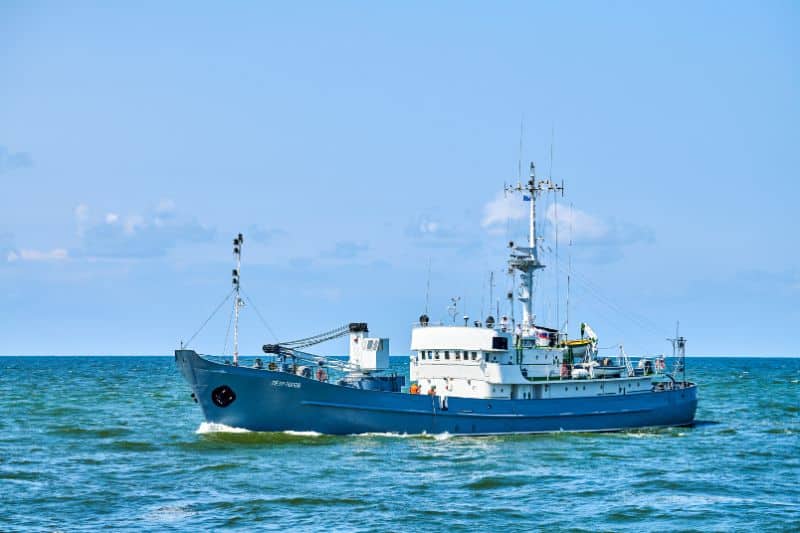
However, even though they are available in some states, they are not operational because of the logistical problems of lack of fuel, proper maintenance regime, etc.
8. Authorities Lack Interest
There is an absence of sufficient and adequately trained personnel in the relevant authorities. The authorities’ motivation to invest in relevant personnel is poor.
Also, financially weak states pursue other priorities. Salaries are low, and vessel owners take advantage of this situation and pay irregularly to observers/ fisheries administrators to cover up their activities.
